Review of small-sized washing machines
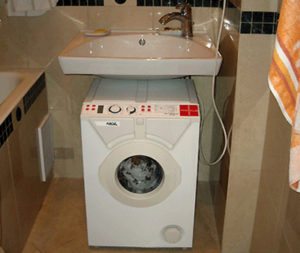 In the cramped rooms of Khrushchev’s apartments, you inevitably think about the organization of space. People often have the question of where to put the automatic washing machine; they would like to push it under the sink, but it doesn’t fit there; well, it’s not a good idea to hang it in the toilet, after all, although this option does exist. Residential design experts advise first organizing the space, determining how much space you can devote to the washing machine, and only then buying a “home assistant.” Perhaps you need a small washing machine.
In the cramped rooms of Khrushchev’s apartments, you inevitably think about the organization of space. People often have the question of where to put the automatic washing machine; they would like to push it under the sink, but it doesn’t fit there; well, it’s not a good idea to hang it in the toilet, after all, although this option does exist. Residential design experts advise first organizing the space, determining how much space you can devote to the washing machine, and only then buying a “home assistant.” Perhaps you need a small washing machine.
What kind of washing machines are these?
Which automatic washing machines can be considered small-sized? Naturally, those that are smaller than usual, but not everything is so simple. In this case, manufacturers are being cunning by simply calling them small-sized. narrow washing machines. Let's look at this issue in more detail.
A small-sized washing machine should differ from a standard automatic washing machine in width, depth and height to a smaller extent. If at least one parameter of a small-sized machine is greater or meets the standard, this machine will no longer be able to be called a small-sized machine. The following parameters are considered standard and are applicable to most automatic washing machines:
- width – 60 cm;
- depth – 60 cm;
- height – 85 cm.
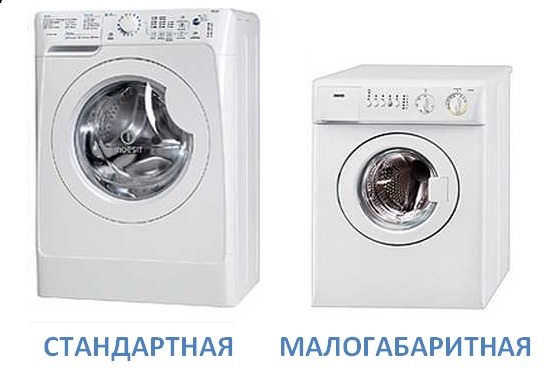
Important! The difference from standard sizes should be more or less significant. If the washing machine has dimensions W x D x H - 59x58x84 cm, it is not small-sized.
Their pros and cons
The main advantage of compact washing machines is that they can be pushed into places where a regular automatic washing machine cannot fit. This is where the pros probably end, and the cons begin.
- To create a small-sized washing machine, the manufacturer, by reducing the size of the body, is forced to place the internal parts more compactly, which often causes them to wear out faster.
- In the body of a small-sized machine there is often no room for a full-fledged counterweight, so the manufacturer is forced to abandon some weights and make the rest smaller and lighter. This causes the washing machine to lose stability, and when operating at high speeds it simply begins to bounce.
- Now about loading. In a washing machine with reduced dimensions, there is no room for a large, capacious drum, so if you are a fan of equipment in which you can wash a large blanket and a couple of down jackets, take a standard washing machine.
For your information! Small-sized washing machines do not have drums with a real load of more than 5-6 kg. More often there are babies with a load of 3 to 5 kg. Manufacturers who claim that their small-sized machines can wash up to 8 kg of laundry are simply lying.
Models and specifications
Now let's look at models of washing machines, the sizes of which are much smaller than standard ones. And we will start our short review with a small washing machine from Kandy.
Candy Aquamatic 1D835-07. A small automatic washing machine from a well-known manufacturer. The dimensions of the model W x D x H are 51 x 46 x 70 cm. This machine can easily be pushed under the sink in the kitchen or bathroom. The machine is not built-in, has a load capacity of up to 3.5 kg, and spins at speeds of up to 800 rpm. In addition, there are 16 different washing modes, plus protection of the body against leaks, and all this for $276 - not bad at all.
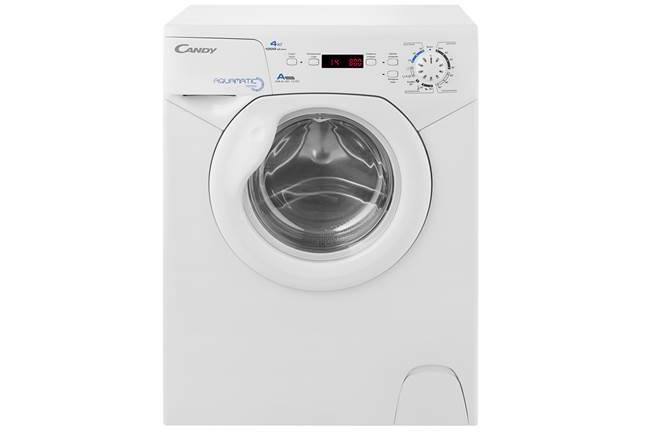
Zanussi FCS1020C. And this is already a brainchild, produced under the Zanussi brand. This washing machine has dimensions W x D x H – 49.5 x 51.5 x 67 cm.Very, very good, such a machine can be placed in the smallest room without any problems. The automatic machine has two serious drawbacks: the loading capacity is only 3 kg and the price is $523. It would be possible to come to terms with the download, but the price is steep.

Electrolux EWC 1350. Another expensive representative of the family of small-sized washing machines. You can't buy this model for less than $570, but what's so great about it that you pay that price?
- Loading of laundry is only 3 kg.
- The spin speed is 1300 rpm, and the machine bounces like crazy.
- 15 washing programs, but mechanical control.
- Leakage protection and reduced energy consumption.
The main advantage, of course, is the dimensions W x D x H - 49.5 x 51.5 x 67 cm, but is it worth shelling out as much as 570 dollars for them? You decide.
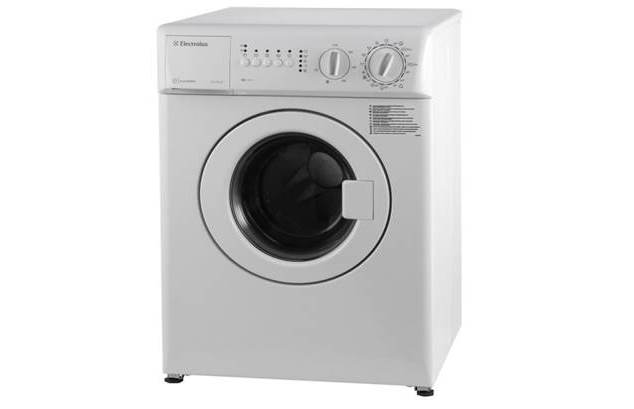
Eurosoba 1000. Another “representative of the biting family” from Switzerland, costing as much as $620. You can wash 3 kg of clothes in it at a time. There is partial protection against leaks, the drum rotates at a speed of up to 1000 revolutions. There is imbalance control and foam level control. Machine width 46 cm, depth 46 cm, height 68 cm.
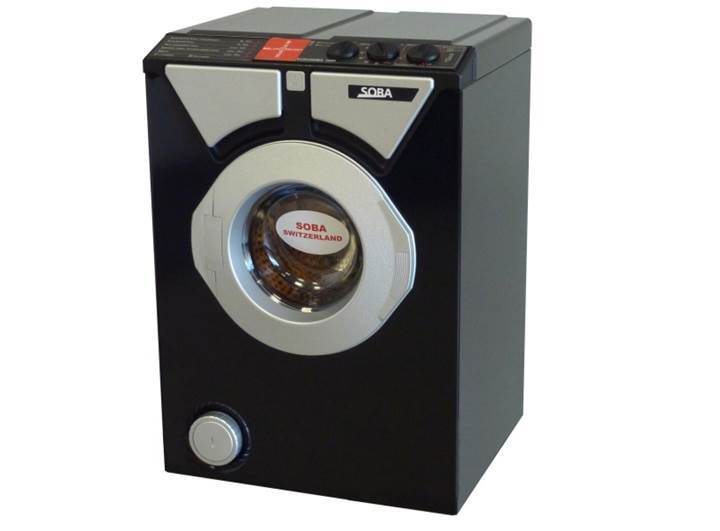
Eurosoba 1100 sprint. A more advanced washing machine model than the Eurosoba 1000, but also at a higher price of $846. By and large, this model does not have any significant differences. Dimensions are the same, loading 3 kg. The drum rotation speed has increased to 1100 rpm, and the energy consumption class has increased from simply A to A+. By and large, these improvements are not worth overpaying $226, what do you think?
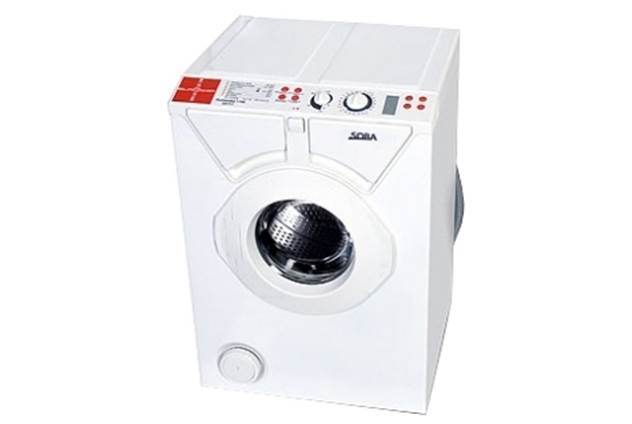
In conclusion, we note that a good small-sized washing machine in almost all cases costs more than a standard-sized machine. And, despite the high price, the characteristics of the baby will be very modest.In our opinion, it is better to think about how to more optimally organize the space in the room in order to fit in a standard washing machine, than to buy an exorbitantly expensive small-sized one and then suffer from the lack of functionality. But this is our opinion, the final decision is yours!
Interesting:
Reader comments
- Share your opinion - leave a comment


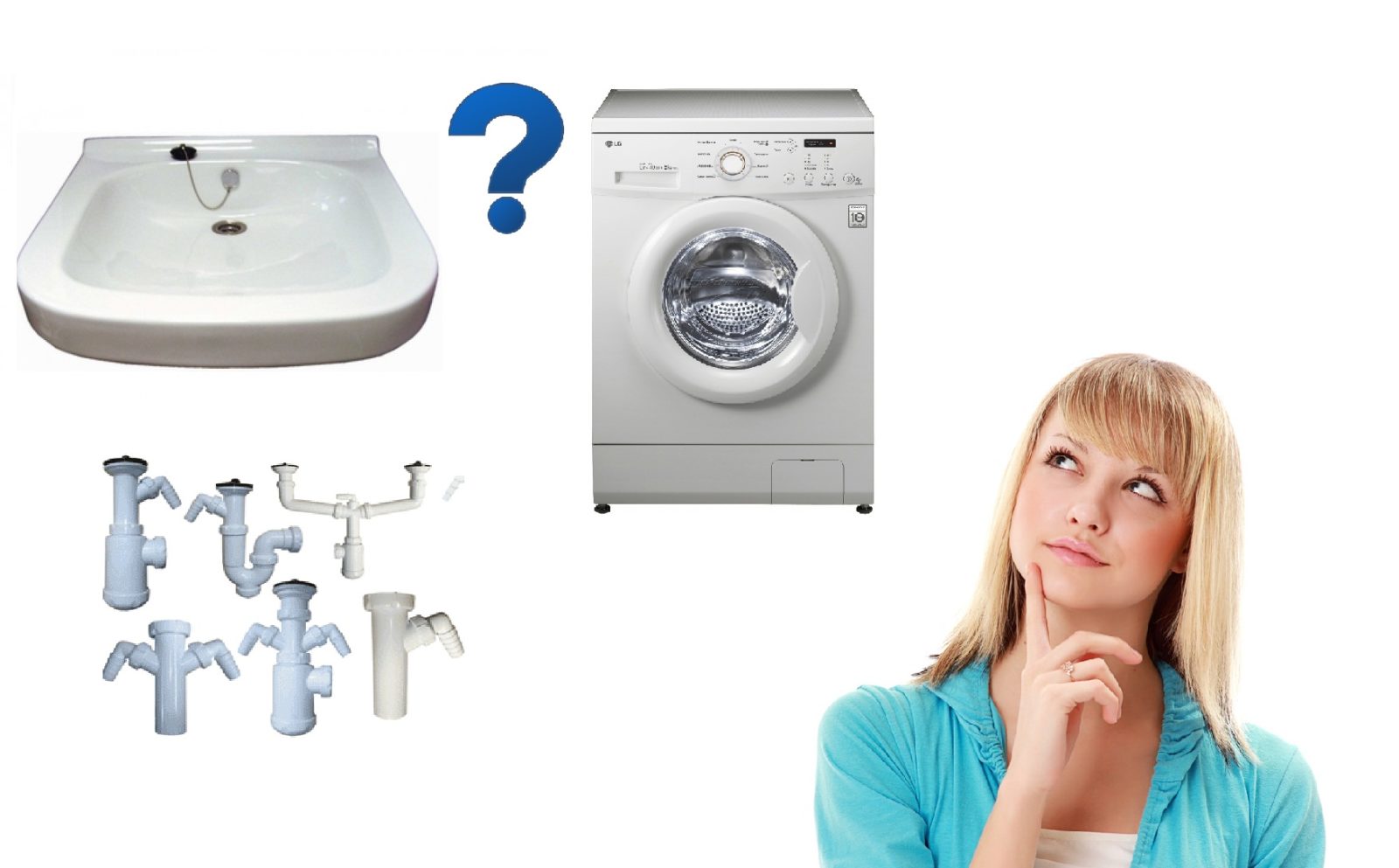
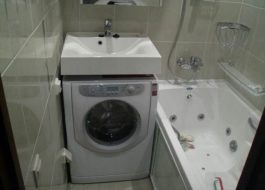
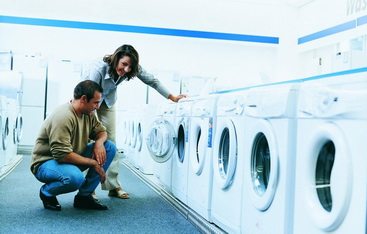
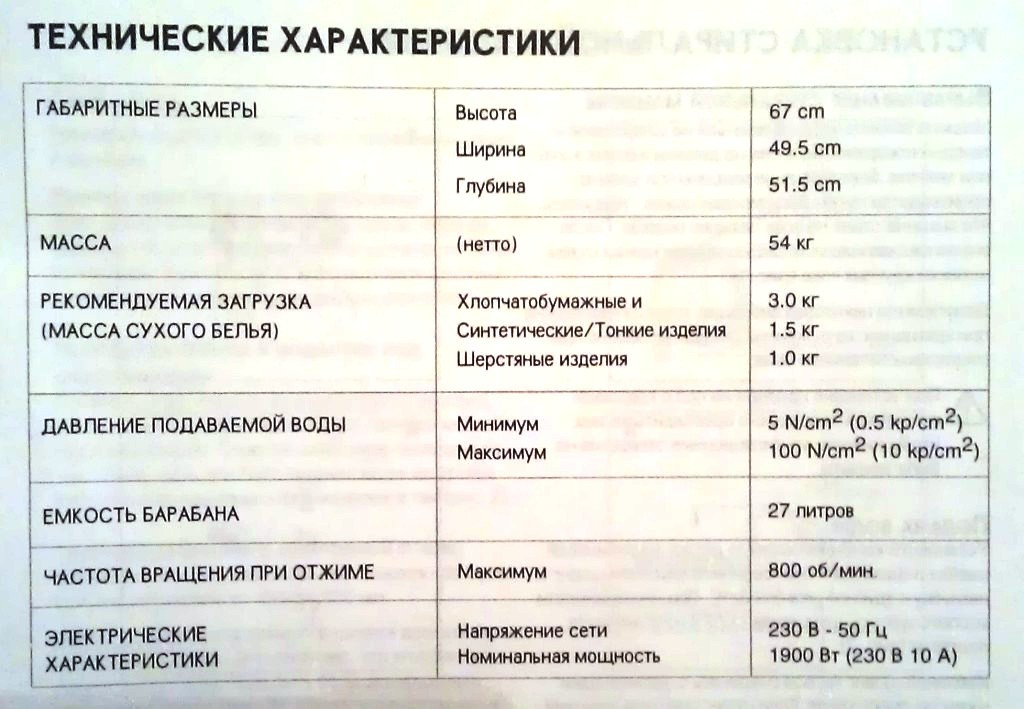















Add a comment